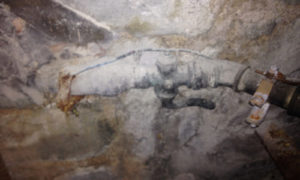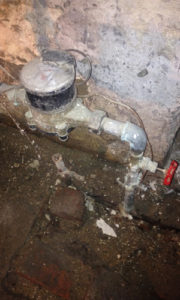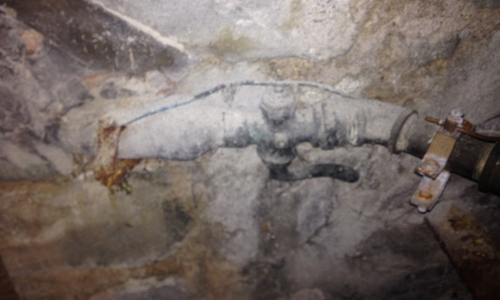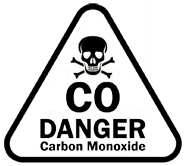
If you live in a home that was remodeled or built before June 19, 1986, there’s a good chance you have lead water pipes or copper pipes put together with lead solder joints. If that’s the case, you likely have lead in your drinking water. So if you’re absolutely certain that your home is lead-free (tested) or within the required safe levels of having lead, continue reading to find out more about the hazards of lead in your drinking water.
Lead water pipes…
Lead is a chemical element while being useful for certain applications it’s also toxic to humans and animals. Absorption or ingestion causes health problems which affect the brain, nervous system digestive systems, and blood. By the late 1800’s it was discovered that lead plumbing pipes used for supplying drinking water caused lead poisoning.
Why was lead used?
Why was lead used for plumbing pipes if it’s so hazardous? Because no one had knowledge of its toxicity way back then. Nobody connected the dots between lead and the long-term health effects it has on humans and animals. In 1986, lead was banned from new installation or repair in potable water systems. But it still exists in some homes and buildings today . Here is more information on lead poisoning history.
How would you know…
If you are wondering how to find out if you have lead in your drinking water, you want to begin with checking your water service right before the water meter. If the pipe is gray, it’s possible you have an old lead water service line. If it’s a brownish colored pipe, you probably have copper which means the possibility of being lead-free. Although, copper piping installed before the amended safe water drinking act (SDWA) was joined with lead solder, and releases lead particles into your water. It’s best to have a licensed professional plumber (like Vince) inspect your service line to be sure.
To find if you have lead in your drinking water from any source, you can get the water tested to verify if there’s lead in your water. For more information about levels of lead and solder containing lead look at this lead ban.


What can you do?
If you discover lead is in your homes drinking water, don’t jump to conclusions assuming that you have lead poisoning. For instance, if you reside in Pittsburgh Pennsylvania the Pittsburgh Water-Sewer Authority (PWSA) has just recently started using a chemical that’s going to stop lead from being released throughout its water supply. To find out more about this new chemical read this post-gazette article. But for your preventative measures you can do any of the following to protect yourself:
- install a water filter to reduce lead levels
- remove lead pipes
- remove copper pipes joined with lead solder
- install approved lead-free pipes
Getting to 100% lead-free
The best way to approach plumbing containing lead would be to remove all of the contaminated piping and install everything new. The replacement would include water service, distribution piping after the meter, water heater, faucets, shut off- valves and fill valves in toilets. Toilet tanks would need to be either cleaned out or replaced if applicable.
Take measures
Don’t assume that your plumbing is lead-free. If your not sure about what kind of pipes are in your home an inspection will identify if your drinking water has lead in it and if you’re at risk of getting lead poisoning.
Call Vince a local independent plumber in Pittsburgh to inspect your plumbing or have your water tested quickly and at a fair price. Click here to schedule service with Vince.


